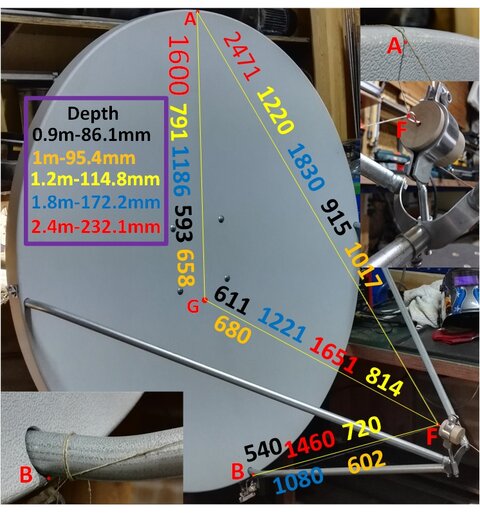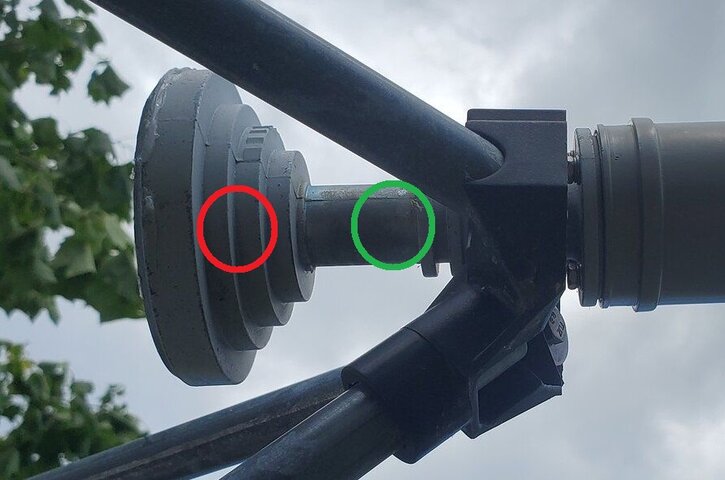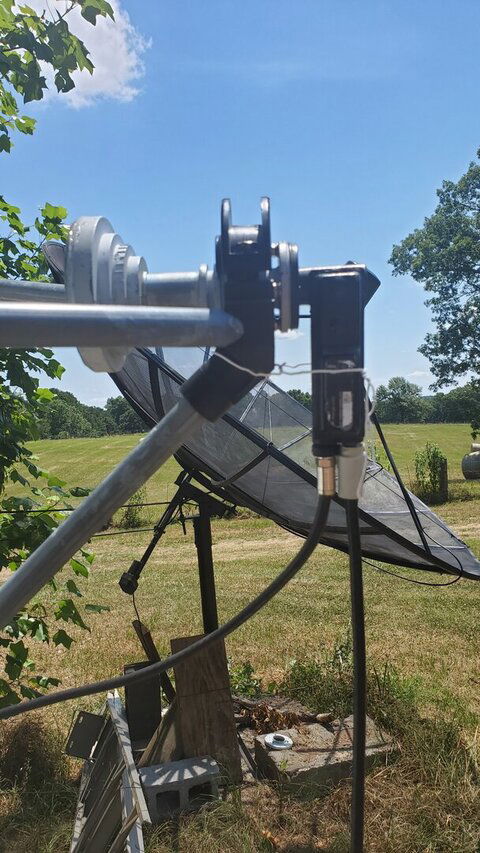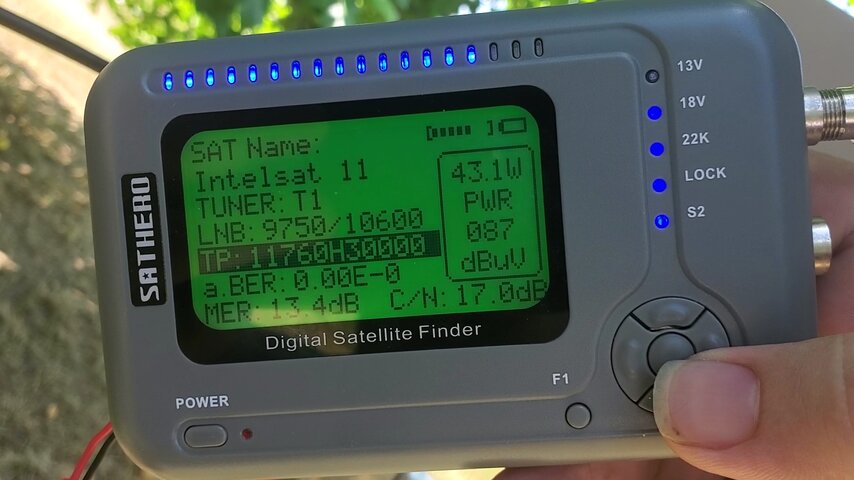I am using a CM 1.2m fiberglass dish for ku with a C120 feed and an Eagle Aspen LNB.
I finally got around to peaking the thing after realizing performance was just a bit subpar.
The Feedhorn throat has a slot that fits the LNB holder perfectly. That's why I thought my focal point was set. But after playing with it, I noticed signals boomed in when I shoved the feed as far forward as I could. I even had to remove one of the little C shaped LNB adapters that fit in the holder to secure the feedhorns with skinny throats. It works but not as expected.
Anyone else notice this or have this issue?
I finally got around to peaking the thing after realizing performance was just a bit subpar.
The Feedhorn throat has a slot that fits the LNB holder perfectly. That's why I thought my focal point was set. But after playing with it, I noticed signals boomed in when I shoved the feed as far forward as I could. I even had to remove one of the little C shaped LNB adapters that fit in the holder to secure the feedhorns with skinny throats. It works but not as expected.
Anyone else notice this or have this issue?







